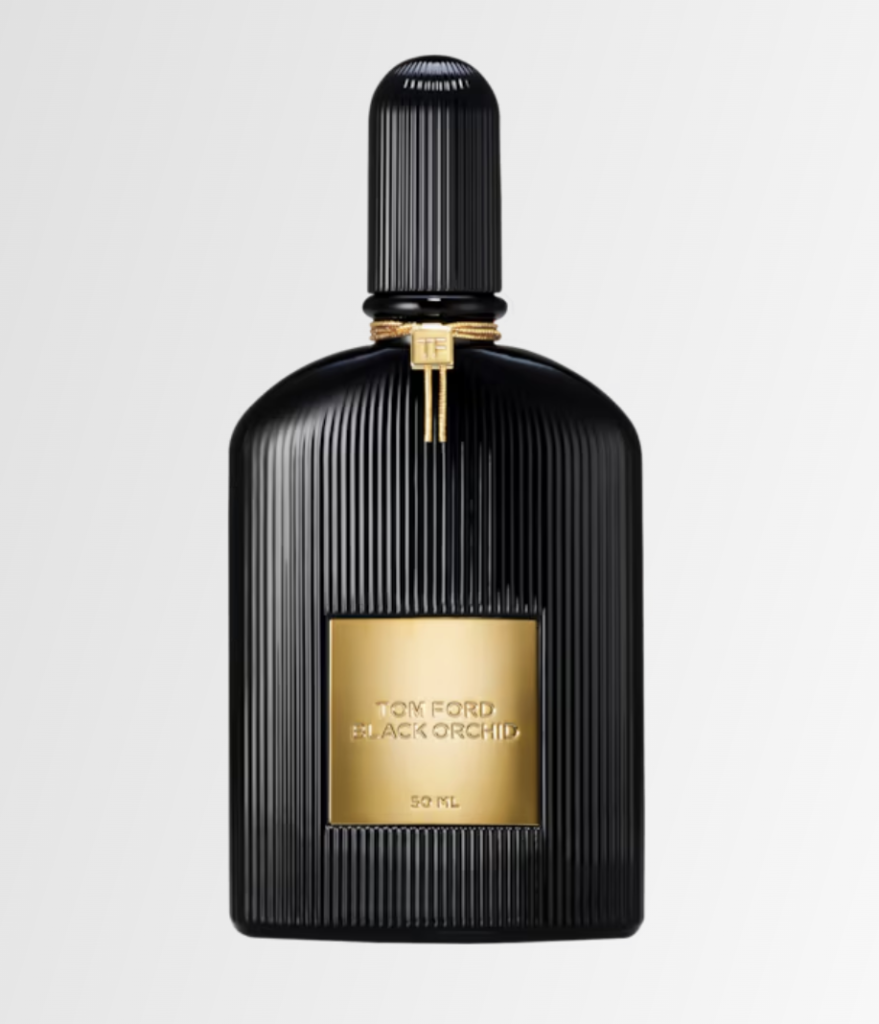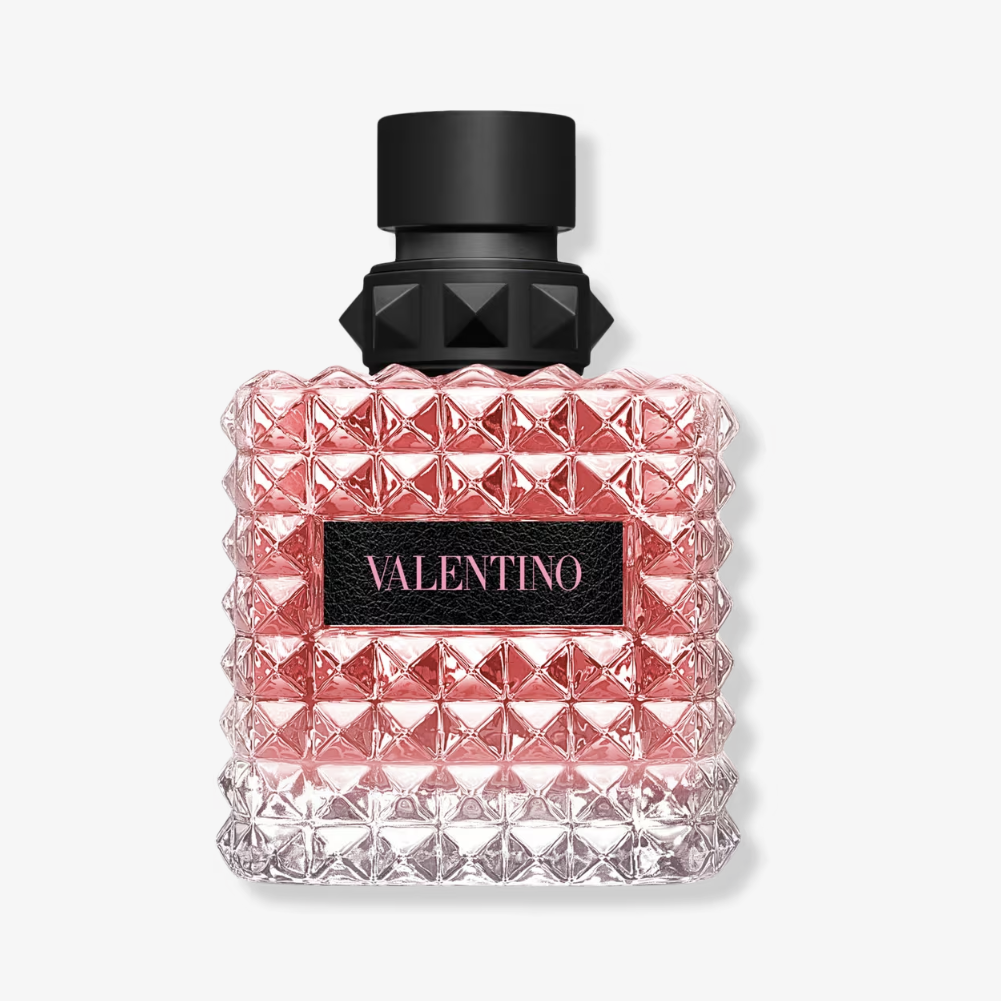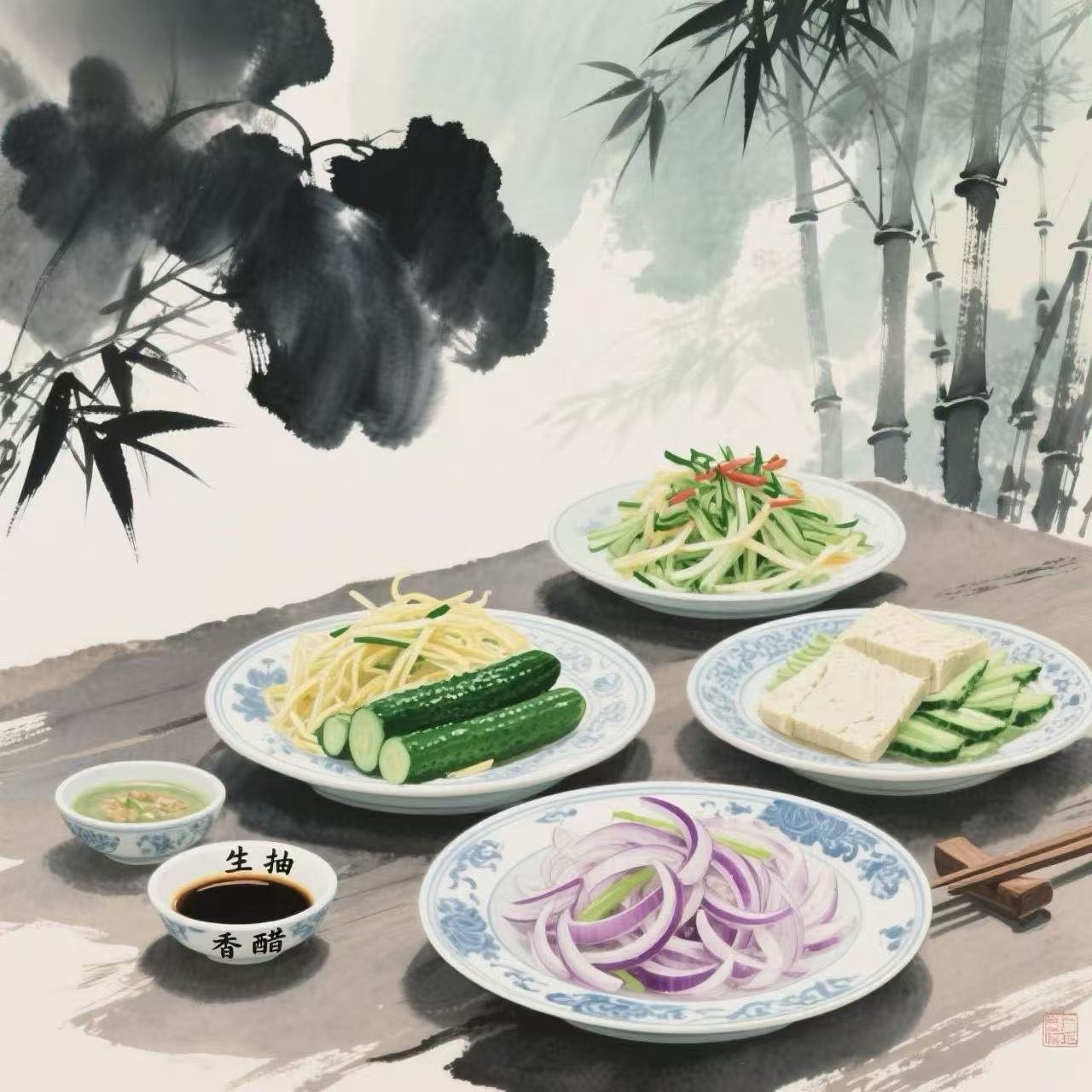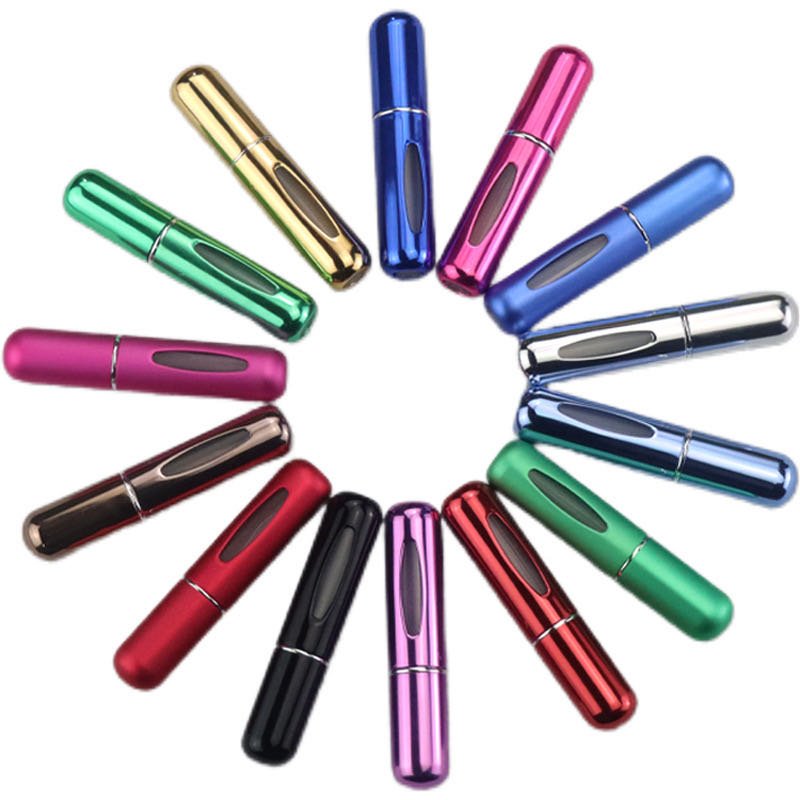The allure of a perfume lies not only in its scent but also in the artistry of its packaging and the story it tells. From minimalist elegance to avant-garde innovation, the world’s most iconic perfume brands have mastered the fusion of design and storytelling to captivate consumers. Below, we analyze the bottle designs and key selling points of the top 10 global perfume brands that dominate the olfactory landscape.
1. Chanel
Bottle Design: The timeless rectangular glass bottle of Chanel No. 5 epitomizes simplicity and sophistication. Its clean lines and faceted stopper mirror Coco Chanel’s modernist vision, while the minimalist label reinforces luxury.
Key Selling Point: As the first “abstract fragrance” blending aldehydes with floral notes, No. 5 revolutionized perfumery. Its association with Marilyn Monroe and relentless branding as a symbol of empowerment keep it eternally relevant.
2. Dior
Bottle Design: Dior’s Miss Dior features a curvaceous bottle adorned with a delicate bow and houndstooth-patterned glass, evoking femininity and Parisian elegance. The Jasmin des Anges from its Privée line uses translucent pink glass to reflect its floral heart.
Key Selling Point: Dior leverages haute couture aesthetics and storytelling—like the Sauvage campaign with Johnny Depp—to blend rugged masculinity with refinement.
3. Jo Malone London
Bottle Design: Known for its apothecary-style cream-and-black labels and squared bottles, Jo Malone’s packaging exudes understated British elegance. Limited-edition collections often feature hand-painted designs.
Key Selling Point: The brand pioneered “fragrance layering,” encouraging customers to mix scents like Wood Sage & Sea Salt and Peony & Blush Suede for personalized profiles. Its collaborations (e.g., with ZARA) democratize luxury.
4. Le Labo
Bottle Design: Industrial-chic apothecary bottles with handwritten labels and raw materials like concrete caps embody New York’s urban grit. The City Exclusive series (e.g., MYRRHE 55 for Shanghai) uses NFC chips for traceability.
Key Selling Point: Le Labo’s “slow perfumery” ethos—customized labels, small-batch production, and in-store “freshly mixed” rituals—appeals to niche seekers. Its refusal to sell online maintains exclusivity.

5. Byredo
Bottle Design: Byredo’s minimalist cylindrical bottles with magnetic caps and monochromatic labels reflect Scandinavian design principles. The Mumbai Noise bottle, inspired by the city’s chaos, uses burnt wood and coffee accords in its scent narrative.
Key Selling Point: Founder Ben Gorham’s art-driven approach merges personal memories (e.g., his grandmother’s Mumbai upbringing) with avant-garde ingredients, creating fragrances that double as wearable art.
6. Hermès
Bottle Design: Hermès’ Un Jardin à Cythère features a gradient-green bottle with organic curves, mirroring its Mediterranean garden inspiration. The Twilly line’s playful silk-scarf-wrapped bottles evoke Parisian whimsy.
Key Selling Point: Master perfumer Christine Nagel crafts scents like H24 Herbes Vives with rare botanicals (wild spinach, pear sorbet), blending sustainability with olfactory innovation.
7. Tom Ford
Bottle Design: Tom Ford’s Private Blend collection uses sleek, angular bottles in bold colors (e.g., Black Orchid’s midnight glass), symbolizing opulence and sensuality. The gold-detailed Bitter Peach bottle resembles a forbidden fruit.
Key Selling Point: The brand’s unapologetically provocative marketing (e.g., Fucking Fabulous) and use of rare ingredients (oud, saffron) cater to luxury seekers craving audacity.

8. Maison Francis Kurkdjian
Bottle Design: The Baccarat Rouge 540 flaunts a faceted red crystal bottle inspired by Baccarat’s glassware, merging craftsmanship with luxury. Simpler designs like Aqua Media focus on clean lines and frosted glass.
Key Selling Point: Kurkdjian’s mastery of “olfactive harmony” (e.g., Grand Soir’s amber-vanilla accord) and collaborations with fashion houses like Dior elevate the brand to artisanal excellence.
9. Diptyque
Bottle Design: Diptyque’s oval-labeled apothecary bottles, adorned with whimsical illustrations (e.g., Do Son’s Vietnamese tuberose), evoke vintage Parisian charm. Limited editions feature hand-blown glass and artist collabs.
Key Selling Point: The brand’s storytelling—rooted in travel and nature—and eco-conscious refill stations resonate with millennials seeking sustainability without sacrificing artistry.
10. Valentino
Bottle Design: Valentino’s Voce Viva bottle, shaped like a golden rock crystal, features the brand’s signature studs and a sculptural cap. The Born in Roma line uses graffiti-inspired designs to target Gen Z.
Key Selling Point: By aligning fragrances with its haute couture identity (e.g., Donna’s rose-and-oud blend), Valentino bridges fashion and perfumery, appealing to luxury devotees.

Why These Brands Succeed:
- Storytelling Through Design: Bottles like Chanel’s No. 5 or Le Labo’s customizable labels transform perfumes into heirlooms46.
- Exclusivity & Personalization: Limited editions (Byredo) and in-store experiences (Le Labo) create emotional bonds23.
- Cultural Relevance: Hermès’ garden series and Diptyque’s travel-inspired scents tap into wanderlust68.
- Sustainability: Refillable bottles (Jo Malone) and eco-materials (Aesop) align with modern values89.
In a crowded market, these brands prove that perfume is not just a scent—it’s a statement. Whether through minimalist aesthetics or bold narratives, their success lies in making every bottle a masterpiece.
For more details on fragrance trends and brand strategies, contact springbottles🌸






